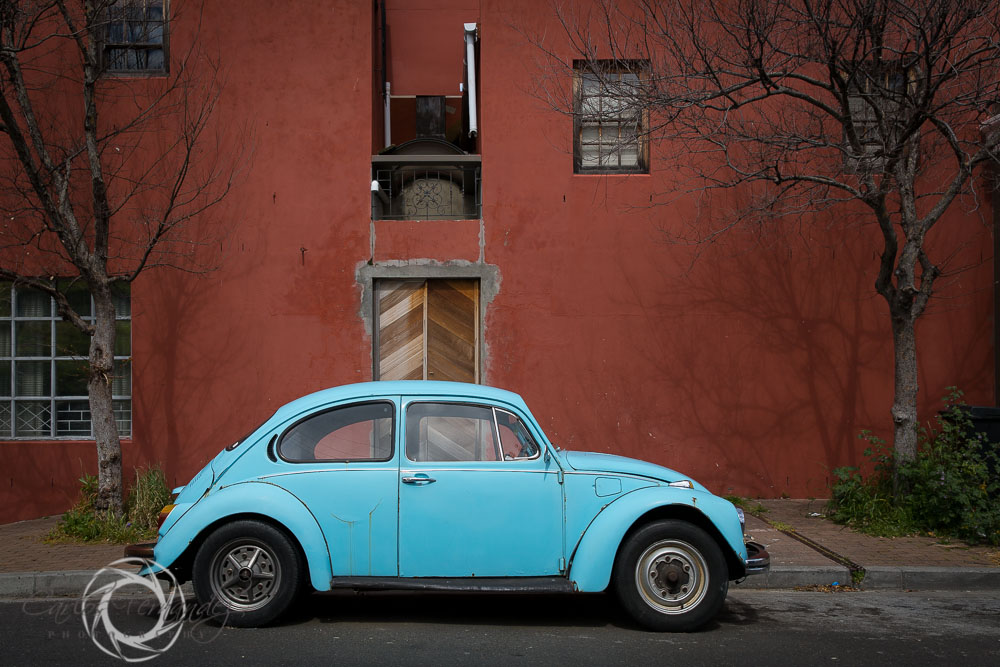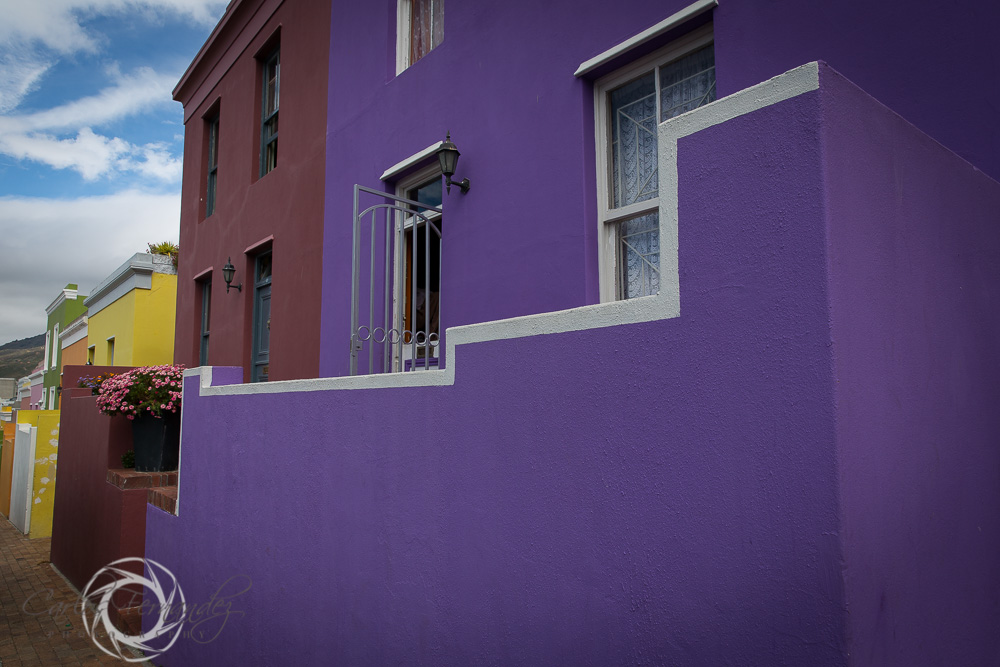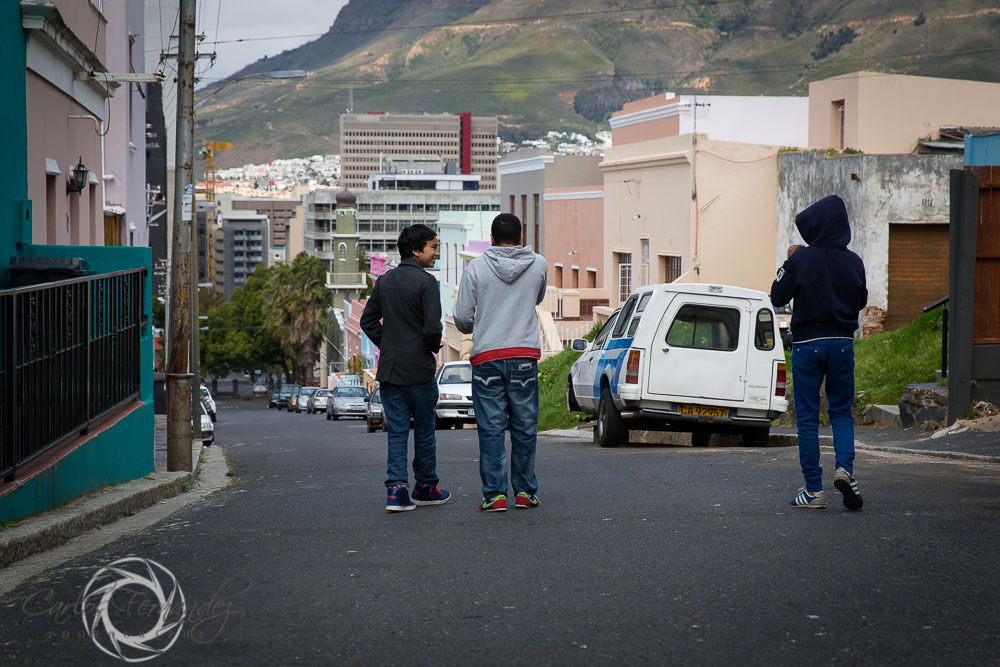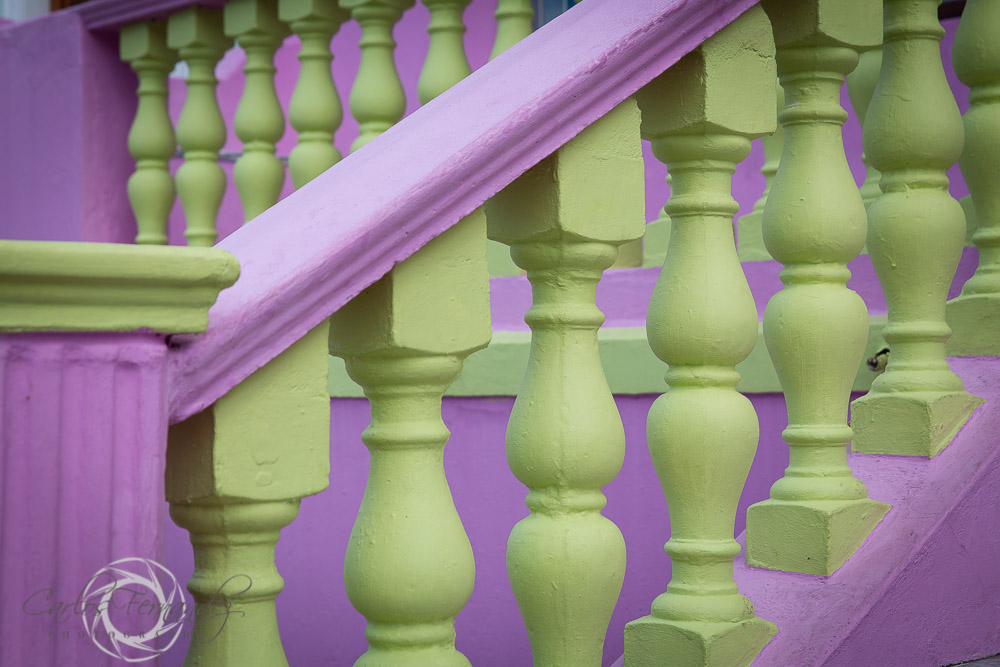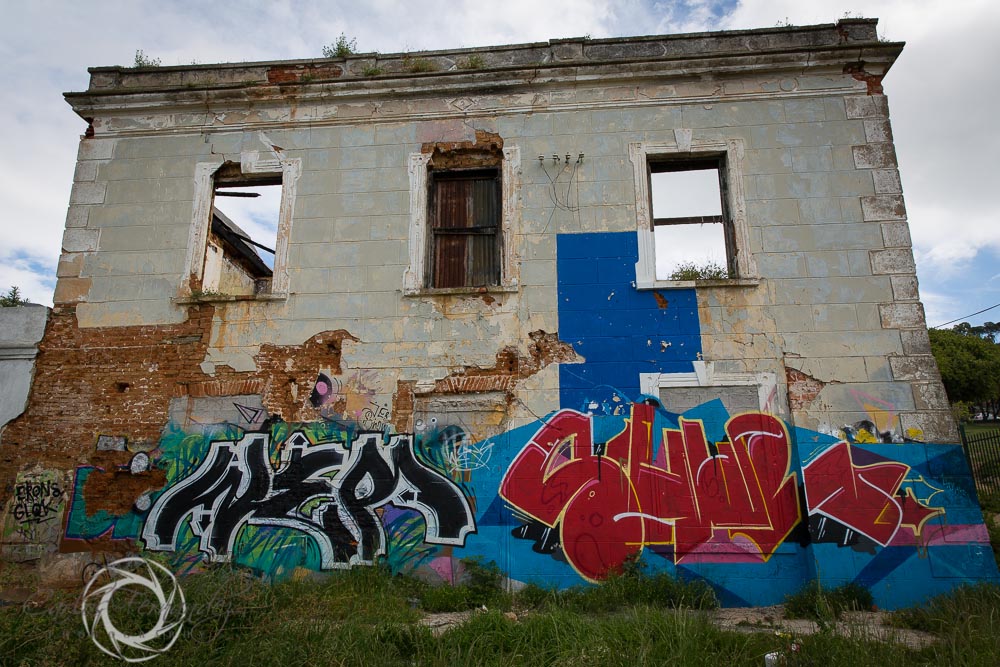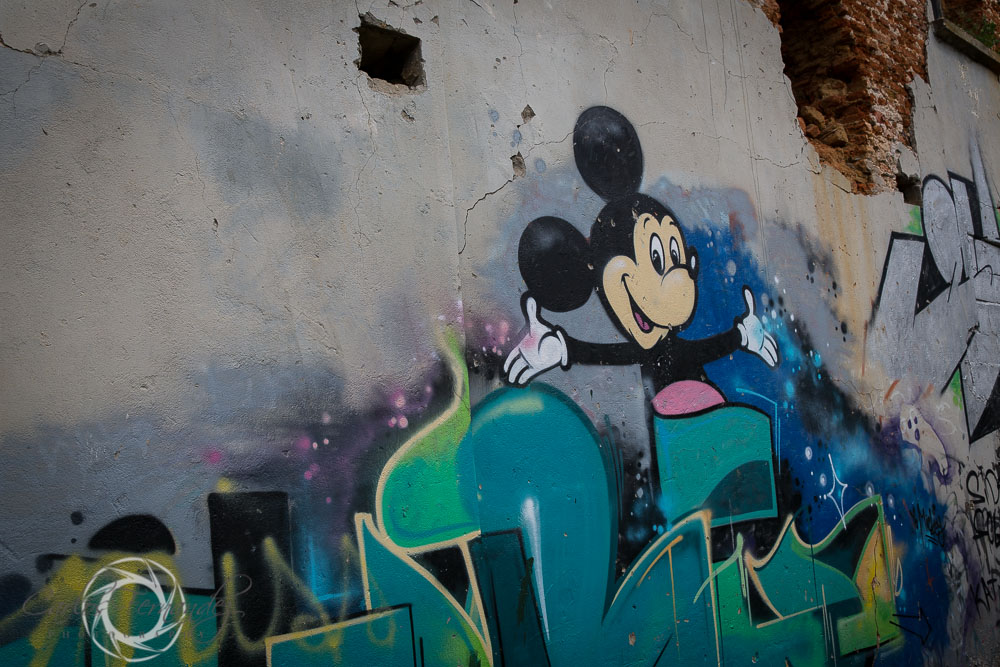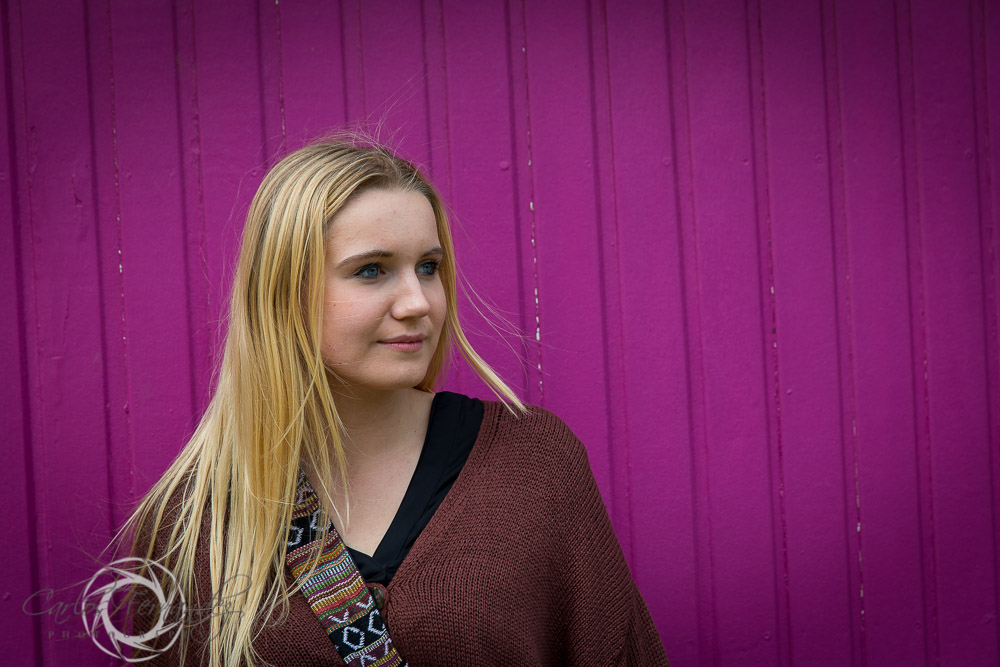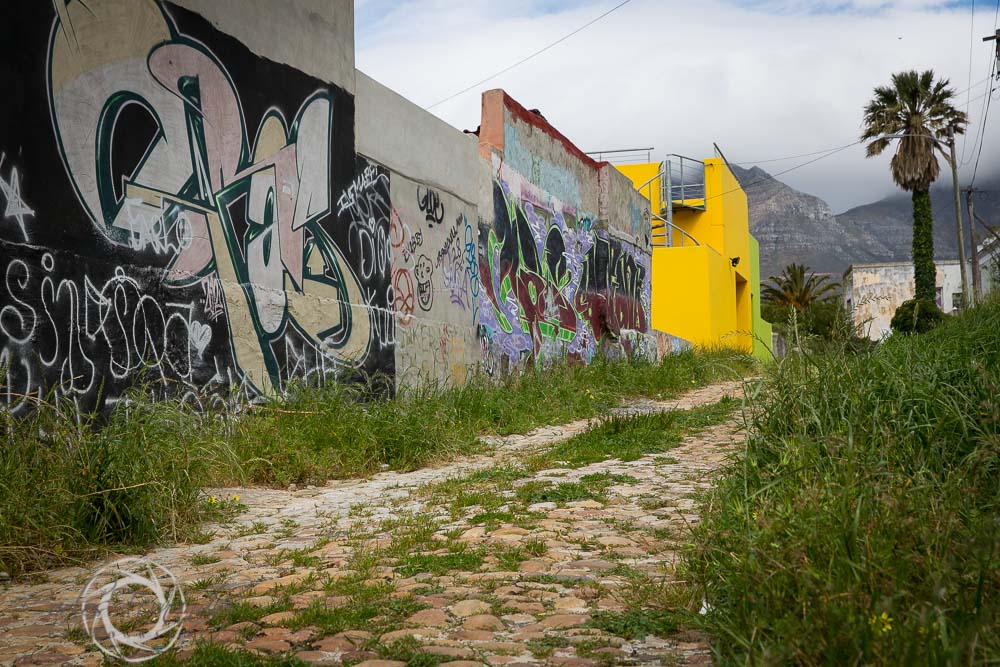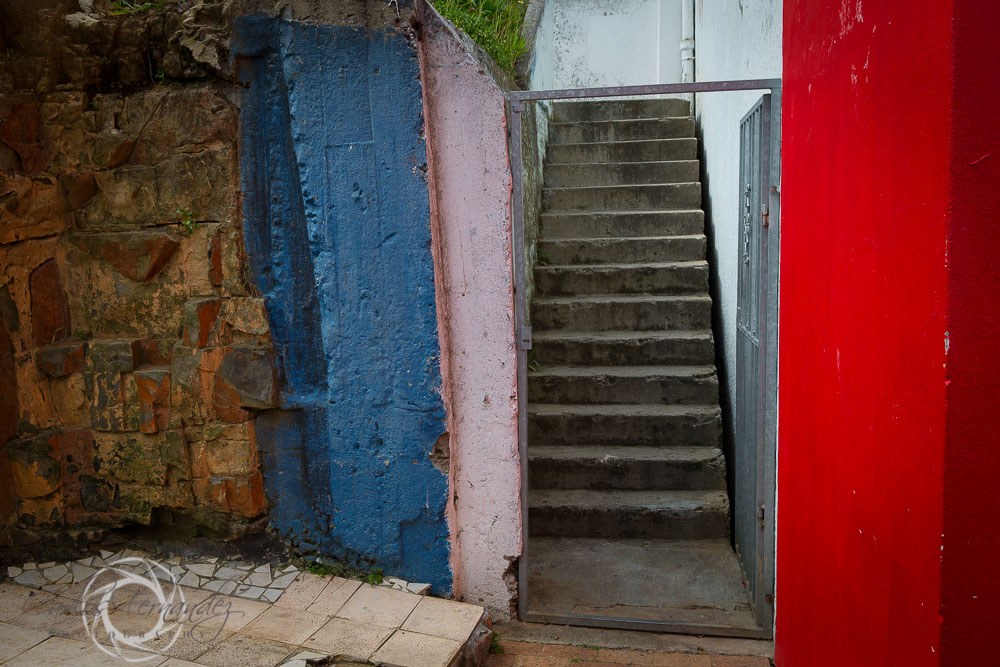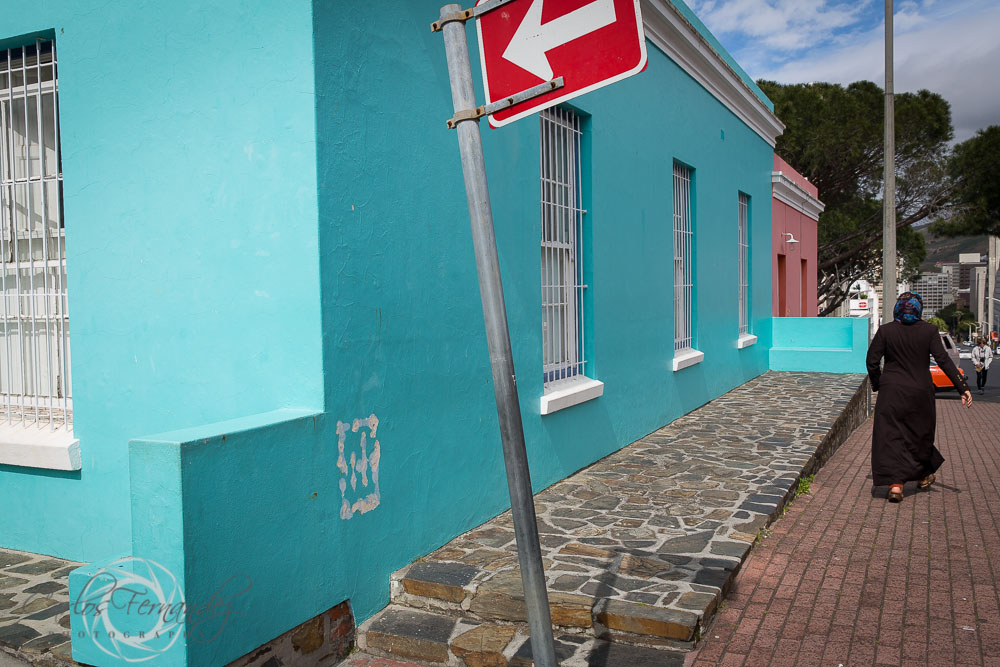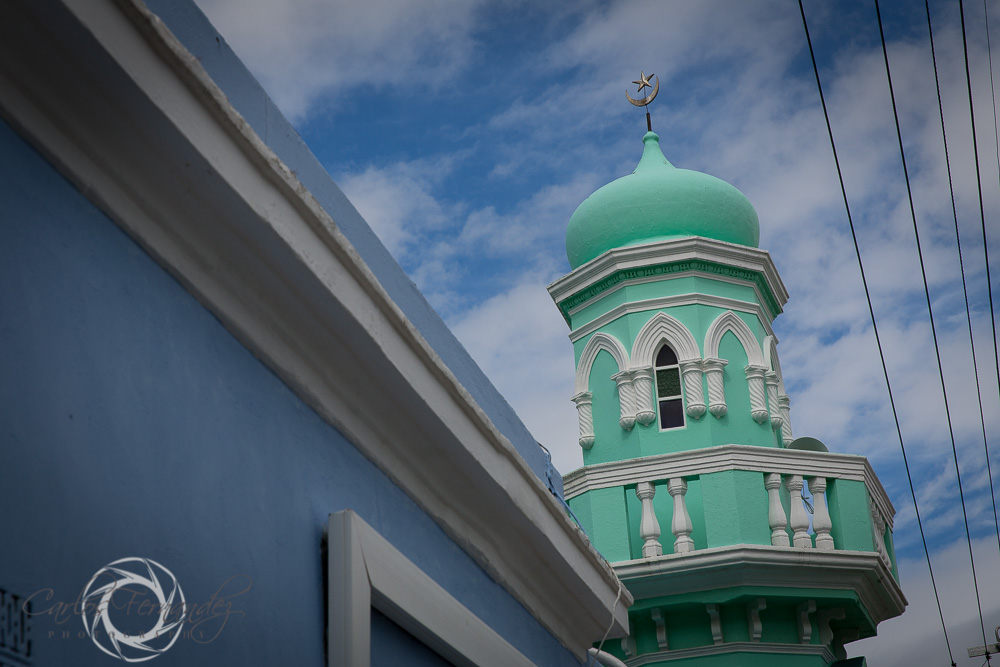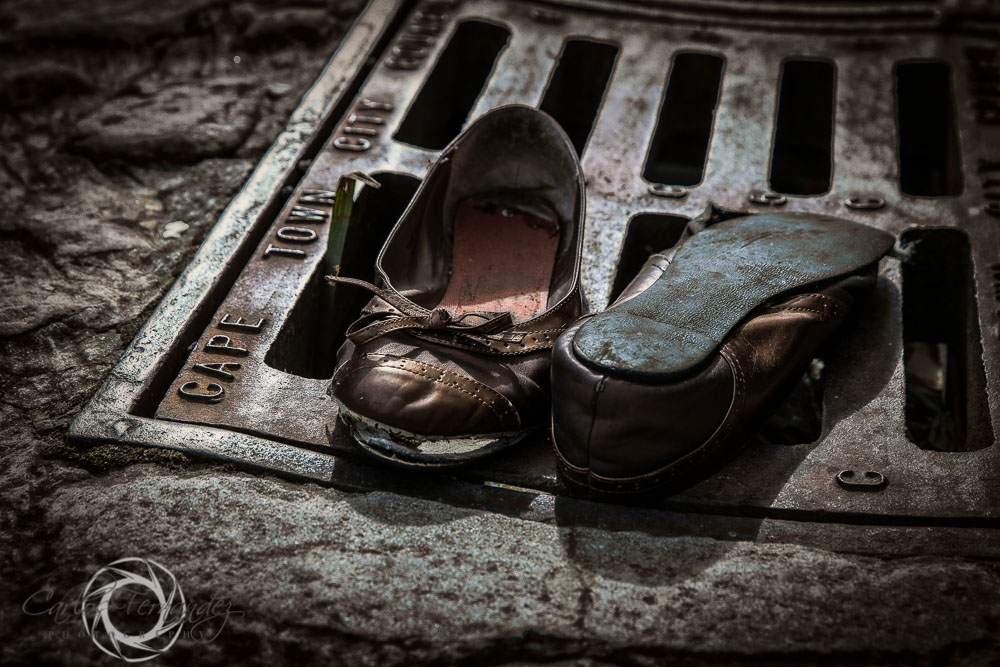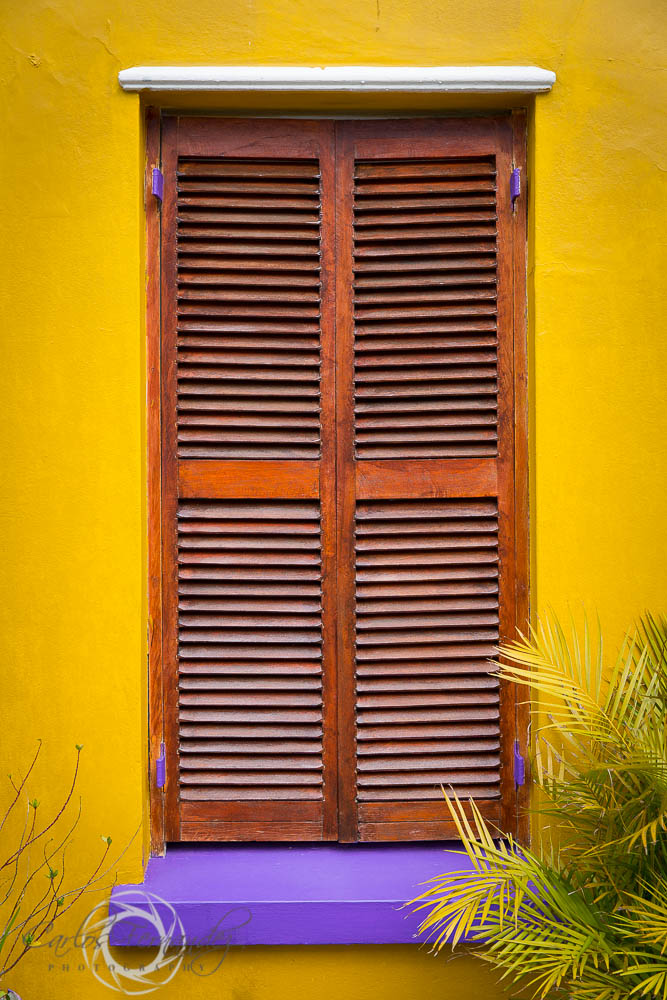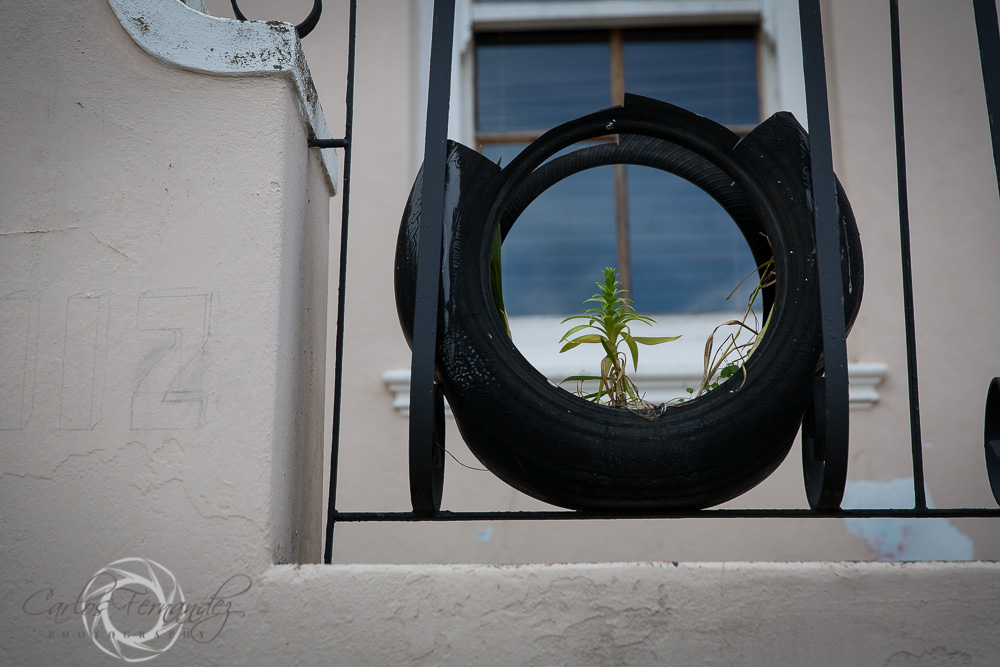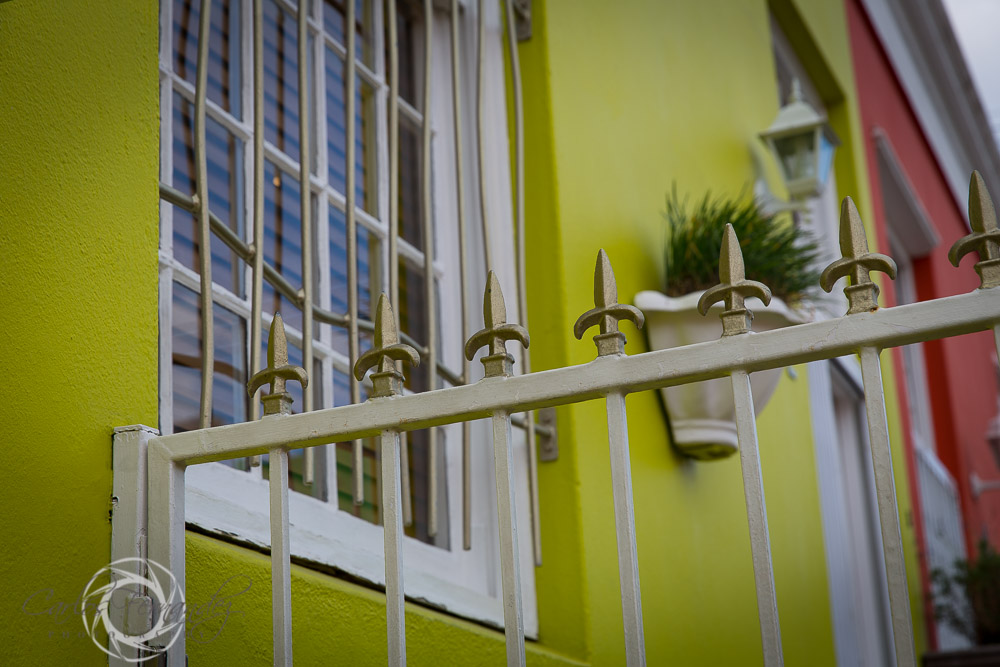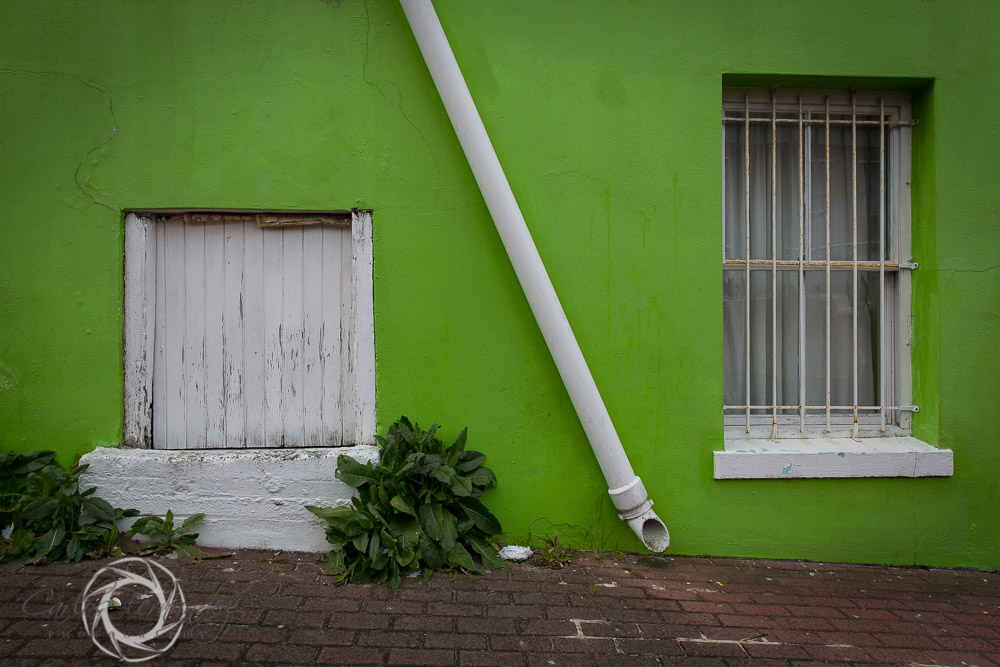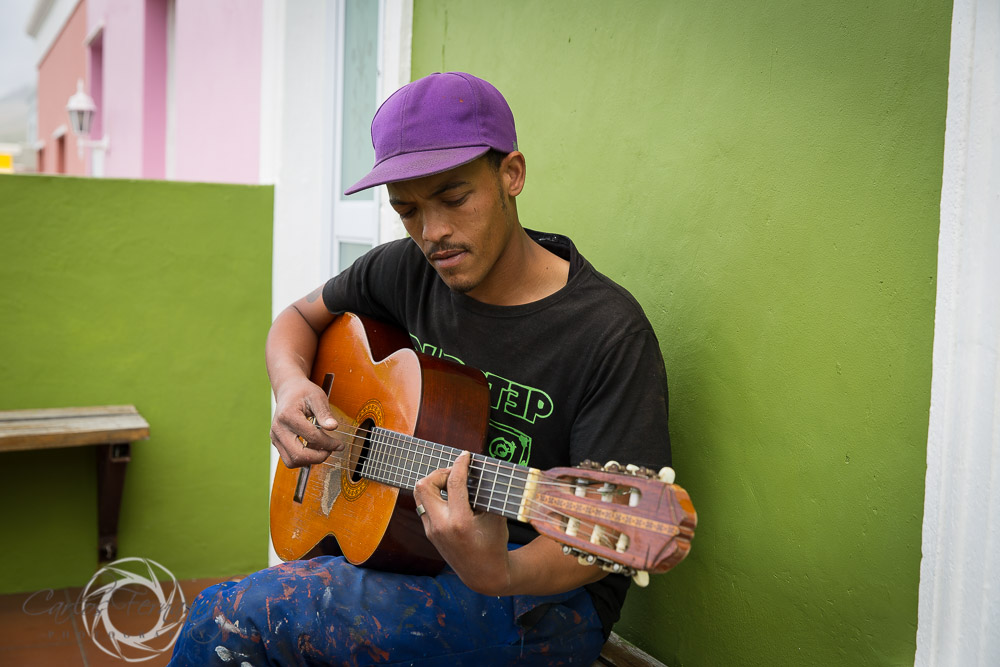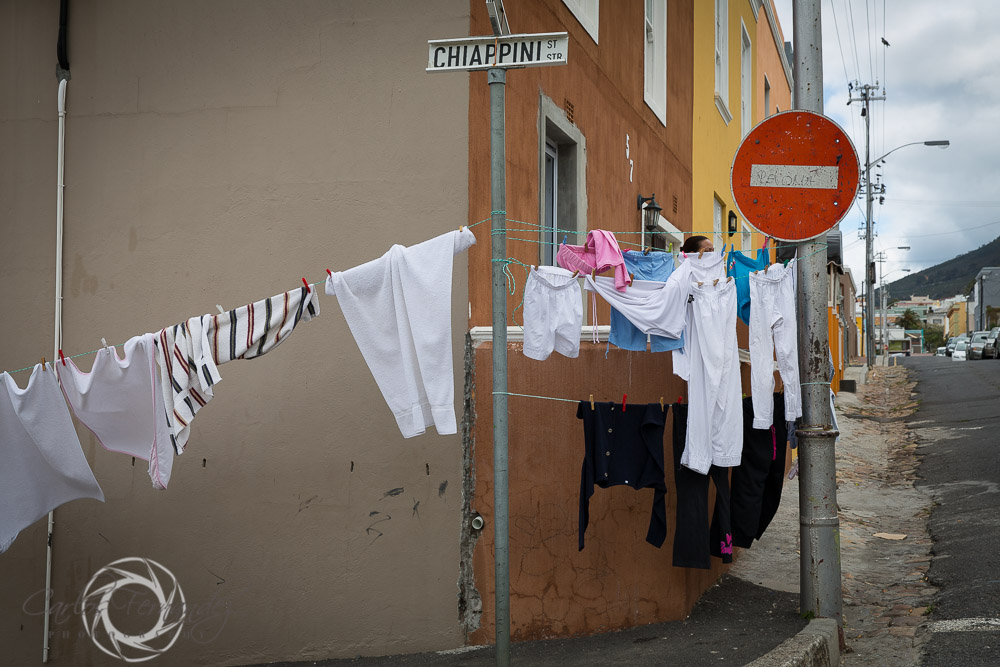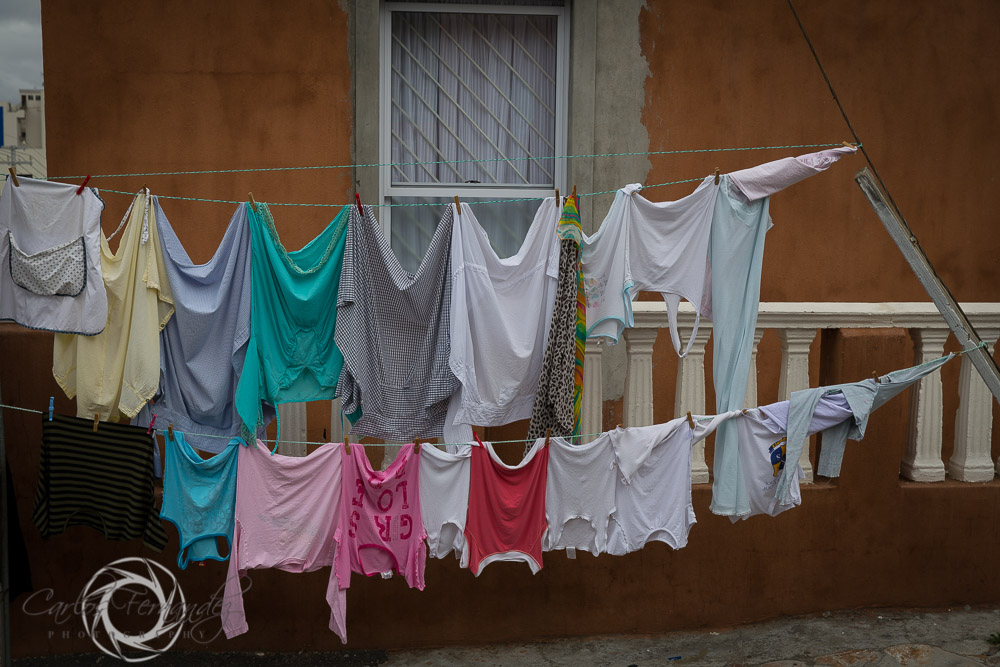There is an area of Cape Town called the Bo Kaap (Upper Cape). The Bo-Kaap is an area of Cape Town, South Africa formerly known as the Malay Quarter. It is quintessentially a Township, situated on the slopes of Signal Hill above the city centre and is an historical centre of Cape Malay culture in Cape Town. The Nurul Islam Mosque, established in 1844, is located in the area. Bo-Kaap is traditionally a multicultural area, rich in history and situated on the slopes of Signal Hill. The area is known for its brightly coloured homes and romantic cobble stoned streets. It originated during the third quarter of the 18th century, when Cape Town began to expand along an east-west axis. The first houses in this neighbourhood were probably built in 1790 but between 1795 and 1820 an increasing number of lower income families including many artisans began to make their homes here. The influx of Malays into this quarter probably began in the 1830s when slavery was abolished and Malay residents who had been forcibly brought to the Cape began to make their homes there, and by the middle of the 19th century it was already known as the Slamse Beurt, or the Islamic Quarter. It owes much of its character to the nature of its domestic architecture, mostly single storey houses with flat roofs painted in a variety of pastel colours. A number of mosques with picturesque minarets are still in daily use. The Quarter was probably a major factor why the Cape Malay community managed to retain its identity as a group. Unfortunately the quality of its environment began to deteriorate after WWI, and in 1944 it was declared a slum. This led a number of prominent Cape Town citizens to form a group for the retention of the Malay Quarter, with the support of both the then Historical Monuments Commission as well as the City Council. Initially much of the suburb was purchased by the City Council, but as public opinion began to swing in its favour, so then the Government began to set aside funds for the rehabilitation of this area. It was declared a National Monument under old NMC legislation on 15 April 1966. (Wikipedia) (http://www.sahistory.org.za/places/malay-quarter-cape-town)
My experience in the Bo Kaap started with aimlessly driving the streets of Cape Town when I got here. The colorful houses and culture was a photographic marvel to me. I organized a photowalk there and had everyone meet at a restaurant called Biesmiellah. Sanna, the lady on the far left told us that Biesmiellah is the oldest Malay restaurant in Cape Town and has been in business for thirty eight years. The Chef on the right has been there all thirty eight and his assistant for twenty seven. The food is amazing and every time I go I just have Sanna bring out "something". It's funny that many Capetonians knew nothing of The Bo Kaap, and were careful no to go there. I can tell you from experience that it is a totally safe place especially during the day with all of the tourist photographers making images of the colorful buildings. Tour busses stop here. What a wonderful place! My 365 Project 102/365
Owners of Biesmiellah
More images of The Bo Kaap from a previous visit.
